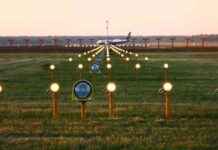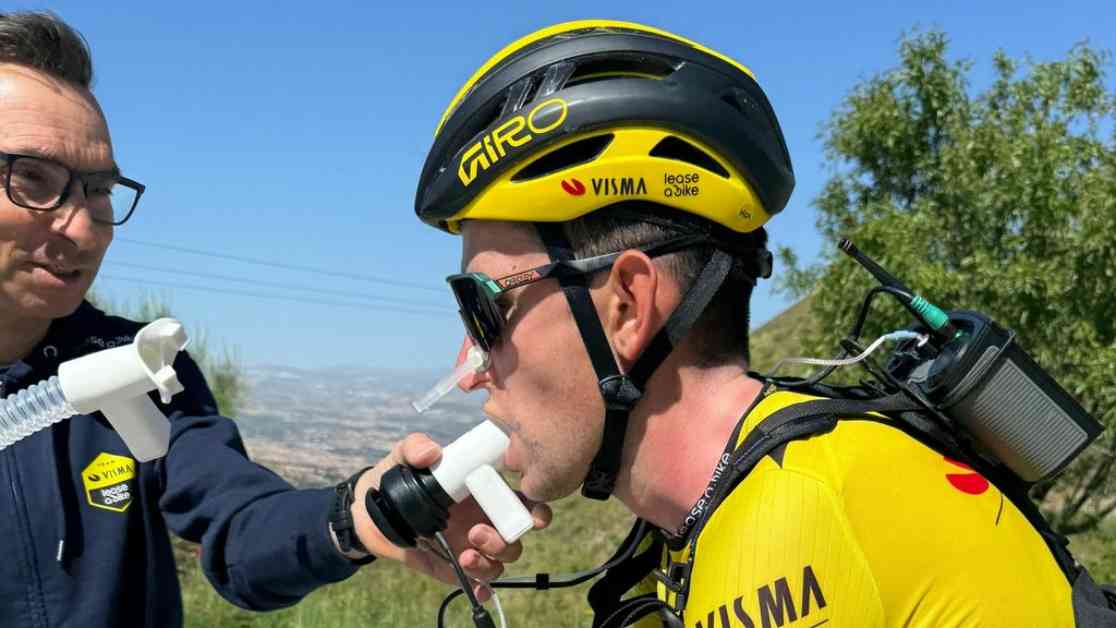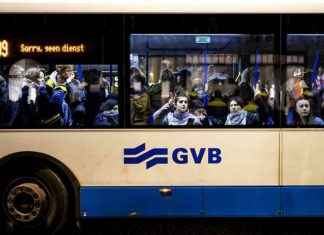For that, they have Russian President Vladimir Putin to be grateful.
Allies from Washington to Tokyo to Brussels acted in unison after Russia invaded Ukraine on February 24, and the brutal war that has followed over the past month.
They did it so quickly that they could hit the Kremlin with unprecedented sanctions, and offer of assistance to Kyiv. This symbolism can trump the urgent problem-fixing that this week requires.
Biden will travel from one headquarters in Europe to the next with a staccato rhythm and attend three summits of NATO, Group of Seven, and European Union. This is possible because everyone agrees on the main issues and it will take very little time to get over deep differences.
Biden will travel to Poland on Friday, the humanitarian center of the crisis, where more than 2,000,000 Ukrainian refugees have arrived. Also, where U.S. forces have strengthened NATO’s eastern flank.
WHAT BIDEN WANT
Biden will be in Brussels for new sanctions against Russia. He will also use the opportunity to take group photos, handshakes and scenes of warmth together.
The U.S. president will press Poland and other important allies to halt the idea of sending a Western peacekeeping force to Ukraine at a time when it’s crucial to avoid any divisions in the largely united Western response to Russia. The U.S. and other NATO members consider it too risky, as they want to deny Russia any excuse to expand the war beyond Ukraine’s borders.
Biden will once again highlight the bravery of the Ukrainian military, volunteers and police who have held off an intimidating Russian army. As he reiterates his call for Americans to resist a Russian war, he will again highlight the extraordinary efforts of the Ukrainian military and volunteers as well as the generosity and support of the Poles at the frontlines of the humanitarian crisis.
Biden wants to enjoy the scenes of unity at NATO headquarters and the EU headquarters, where the memories of a strained trans-Atlantic relationship under former President Donald Trump will be far from forgotten.
WHAT NATO WANTS
This unity will be a key factor at NATO headquarters. The United States has historically given orders and the rest have sometimes followed their lead.
Thursday’s summit will give the 30-nation military organisation a chance to show Washington is consulting its allies publicly, something that was severely lacking under Trump.
Biden and his counterparts will discuss what “red lines” might be used to draw NATO from its defensive position — the largest security organization in the world has largely bolstered its defenses since the invasion of a month back — and to use force to respond.
The most likely triggers are nuclear, chemical, or a massive cyberattack. However, NATO is wary of any response that could draw it into a full scale war with nuclear-armed Russia.
They will also discuss the long-term future for NATO’s eastern flank defenses, which include Estonia, the north, and the region around western Ukraine, as well as the possibility of a deal with the leaders. The orders have been given to military commanders to develop options.
NATO Secretary General Jens Stoltenberg stated last week that the new defense posture would include significantly more land forces at higher readiness, greater air power filling NATO skies, and more aircraft carrier strike groups and submarines, as well as combat ships “on an ongoing basis” at sea. When such issues are brought up, expect applause and full support.
WHAT DOES THE EU WANT?
Even though it lost a brutal enemy at its eastern border, the 27-nation bloc has also fully regained a friend. It will be able keep that friendship alive when Biden attends the summit of all EU leaders, which was months in the making.
No European will be offended. The EU and the Biden administration have been working together to push through four sanctions packages against Putin, his advisors and oligarchs. This is a deeper approach than most would think. After being looked down upon for the past four years by Trump, who among other items, slapped sanctions against the EU.
France’s Europe Minister Clement Beaune stated that “it is to demonstrate this message of unity.” France holds the rotating EU presidency. In solidarity with Ukraine, he also set the stage for increased sanctions.
The EU hopes that Biden will not push for sanctions against a partner whose trade relations with Russia are much deeper and more intricately intertwined.
“Sanctions should not be used to hit European countries more than the Russian leadership.” This is our principle,” German Chancellor Olaf Scholz stated Wednesday. “Nobody is being served if our economic base is consciously gambled with.”
This unity will help the EU to be more globalized as the EU will not lose sight of the Chinese President Xi Jinping who is also expected to attend the summit.
WHAT DOES THE UKRAINE WANT?
Volodymyr Zelenskyy will not be sitting anywhere, but he will be there for everyone — not least because he has a video link to the NATO summit.
It is clear that he has a specific request for Western allies.
He has appealed to the legislatures of the United States, Canada, Britain, Japan, and the EU for more humanitarian and military aid. However, his requests for NATO to establish a no fly zone to protect his people were rejected. The alliance stated that it will not risk an all out war with Russia.
Scholz will give him the same response.
The German leader stated Wednesday that he heard the demands of those calling for a no fly zone or NATO peacekeepers to be established in Ukraine. “In nearly 80 years of postwar history, we have avoided the impossible – a direct militarily confrontation between our western defense alliance NATO and Russia. It should stay that way.
Zelenskyy had a series conversations with Western leaders just before the summits. He expects them all to approve additional sanctions against Russia and more support for Ukraine.
He said, in a video address, Wednesday, that “We will work, and we will fight, as much as we can, bravely, and openly.”








